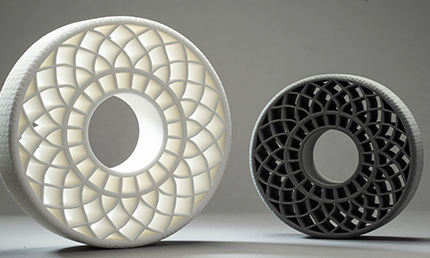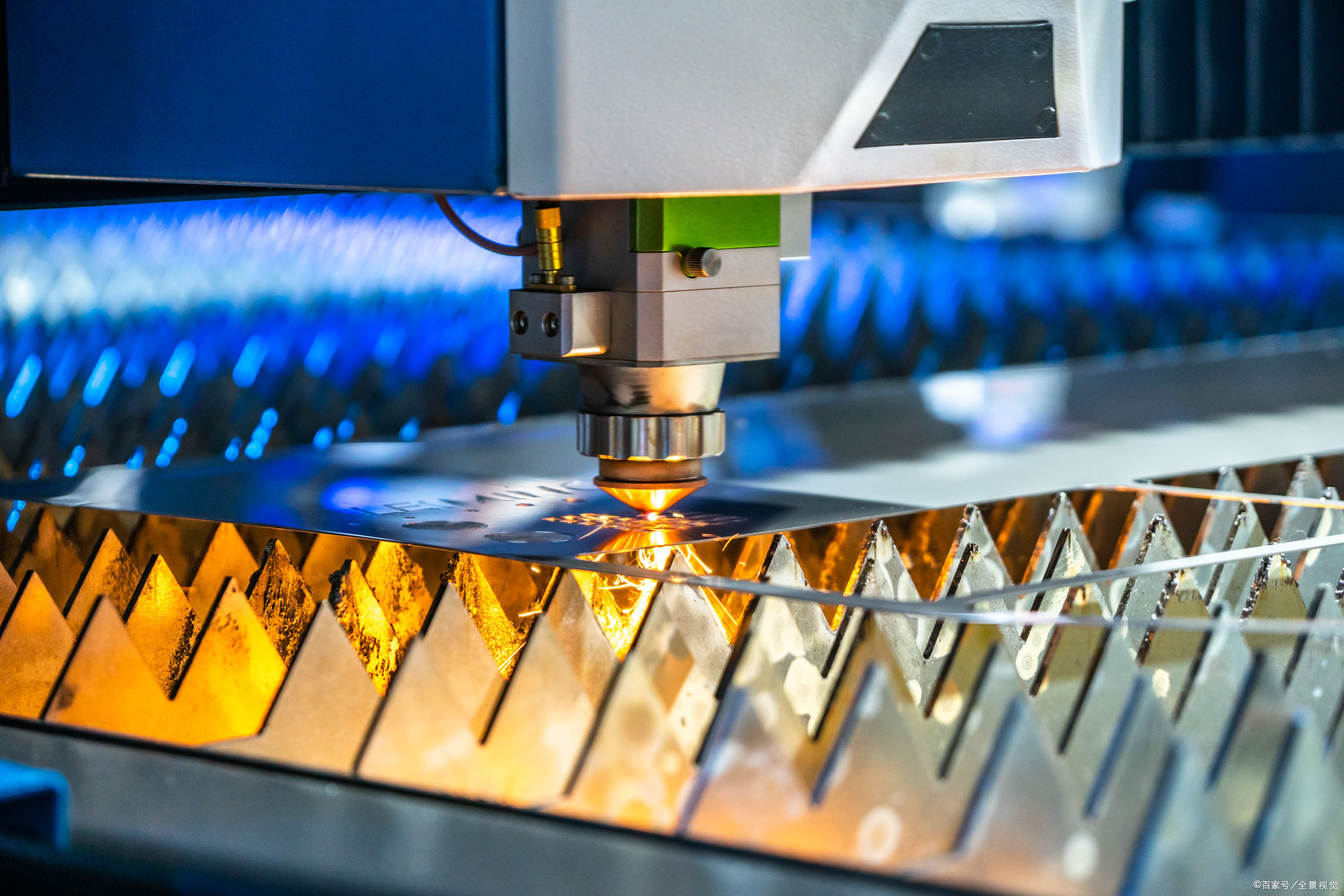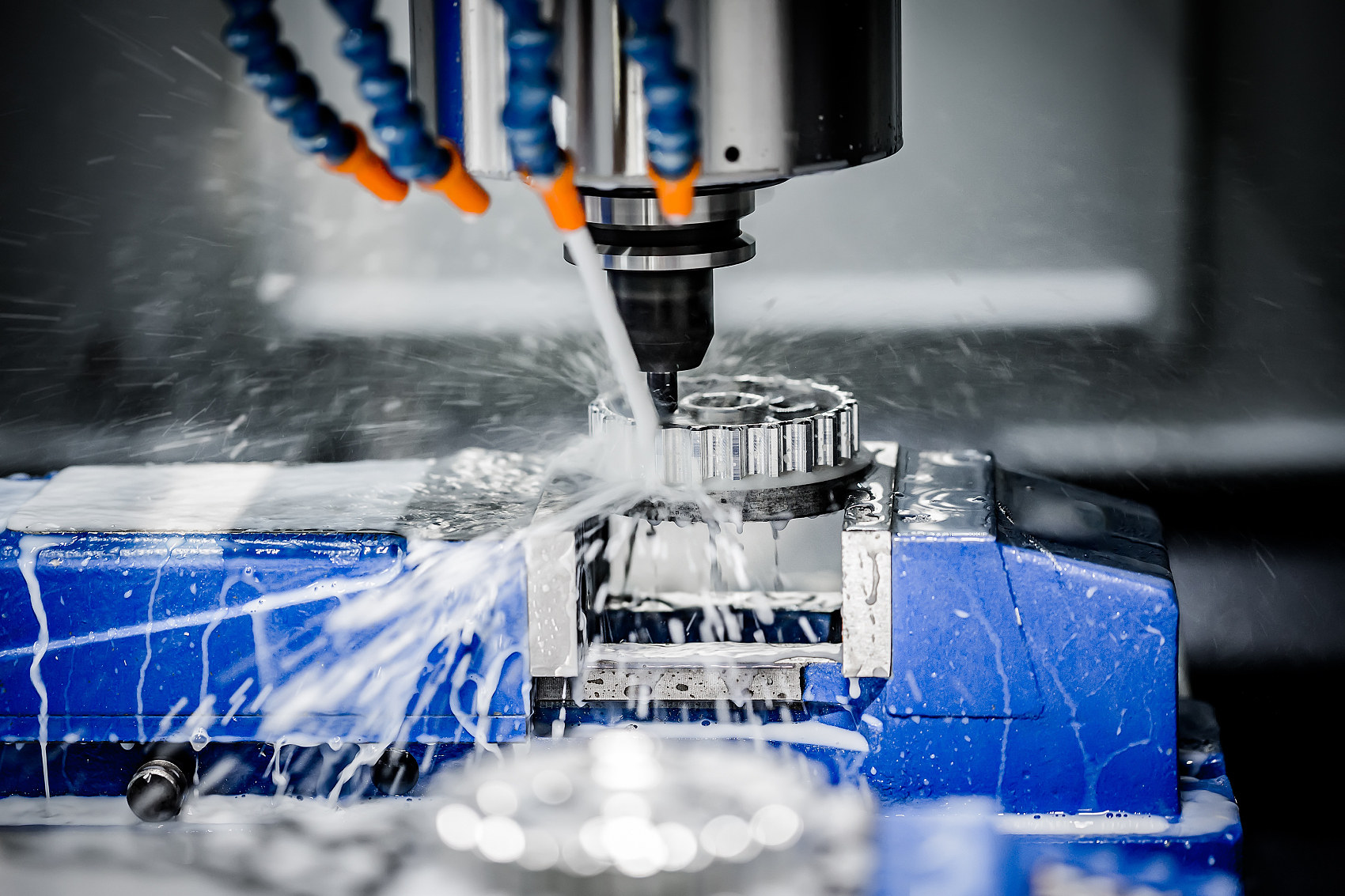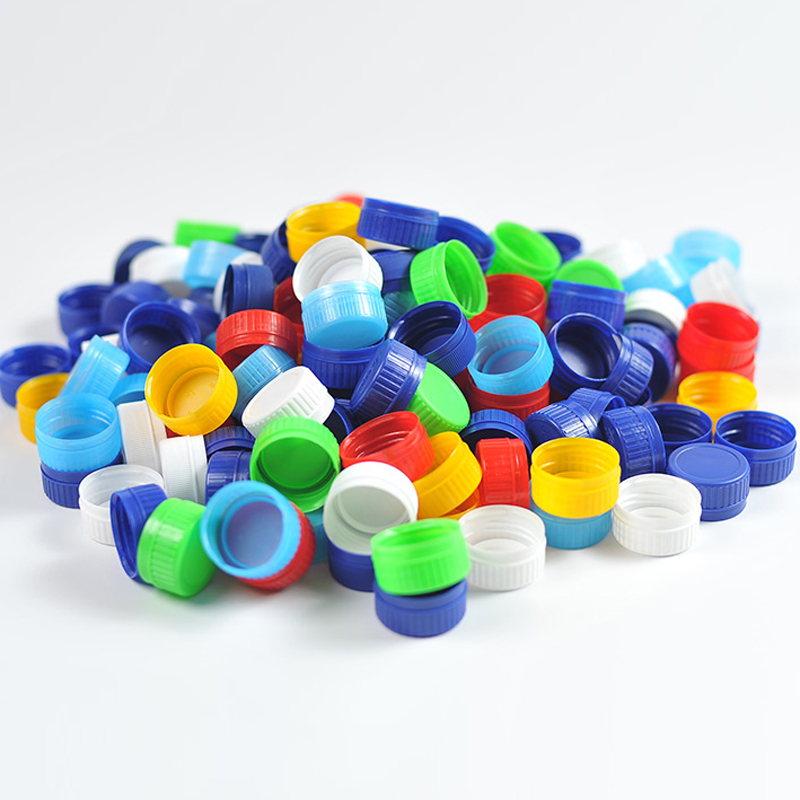Services and Offerings
What Is 3D Printing?
At its most basic, 3D printing is a manufacturing process in which material is laid down, layer by layer, to form a three-dimensional object. (This is deemed an additive process because the object is built from scratch, as opposed to subtractive processes in which material is cut, drilled, milled, or machined off.) Although 3D printers employ a variety of materials (such as plastic or metal) and techniques (see “How Does 3D Printing Work?” below), they share the ability to turn digital files containing three-dimensional data—whether created on a computer-aided design (CAD) or computer-aided manufacturing (CAM) program, or from a 3D scanner—into physical objects.
What Can 3D Printers Make?
Designers use 3D printers to quickly create product models and prototypes, but they’re increasingly being used to make final products, as well. Among the items made with 3D printers are shoe designs, furniture, wax castings for making jewelry, tools, tripods, gift and novelty items, and toys. The automotive and aviation industries use 3D printers to make parts
Printed electronics is a set of printing methods that enable electronic devices or circuitry to be printed on flexible material such as labels, fabrics, and cardboard, by application of electronic or optical inks. It provides very low-cost fabrication of low-performance devices. Printed electronics is beginning to be combined with 3D printing, allowing for the printing of layered circuitry or devices. A natural outgrowth of this potent combo is that someday you may be able to print out gadgets from 3D plans rather than buying them.
Advantages of 3D Printing
Design Flexibility
3D printing is featured with design flexibility. On the one hand, many materials can be used for this technique. On the other hand, it can fabricate various geometric shapes from simple to complex ones, which effectively breaks design limits.
Reduced Costs
3D parts are formed in one shot, there is no need for assembly that can reduce labor costs significantly. In addition, for other processes like CNC machining, tooling cost is pretty high, but tools used for 3D printing can be replaced in only a few hours, and the reduced time of replacing tools can significantly reduce costs as well.
Less Material Waste
Unlike subtractive manufacturing processes that remove materials to form the final product, 3D printing has less material waste during production.
Short Turnaround Time
Some simple 3D printed parts can be produced within hours, which takes less time than CNC machined parts. And the design process is also very quick by using CAD software.
What can Fubon Precision do for you?
Fubon Precision provides one-stop 3D printing services, we would work with you closely throughout the project, from the model design to production and shipment, making sure that you can get 3D parts with a fast turnaround time. On the other hand, our facilities are well equipped, the advanced 3D printers allow us to fabricate highly precise parts.
There are a variety of materials and finishing available at MOKO including kinds of metal and plastic materials, and we offer various 3D printing processes such as fused deposition modeling, selective laser sintering, stereolithography, and so on. Currently, we have served customers in different industries like automotive, aerospace, consumer electronics, medical, etc. We are confident to meet different requirements for 3D printing projects, what you need to do is to contact us and provide your 3D CAD file, and we will handle the rest for you.




